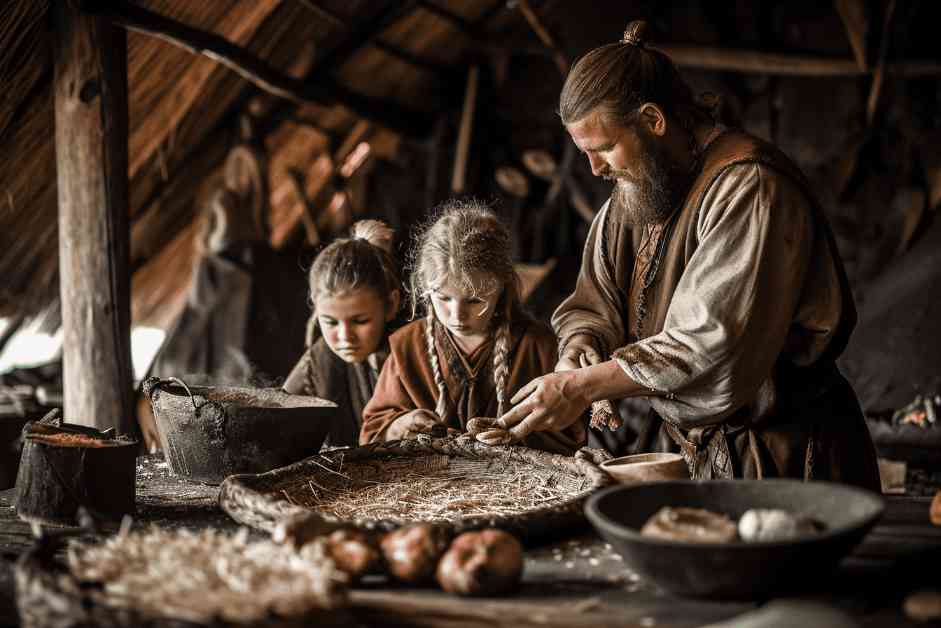The landscapes of the Swiss Alps are known for being picturesque and home to an affluent society. Recent research has delved into the diet and mobility of ancient Neolithic communities in Valais, Switzerland, shedding light on their lifestyles and social structures.
During the Neolithic period, settled farming communities emerged in Switzerland, with pastoral farmers from northern Italy introducing innovations like cereal cultivation and animal husbandry. Researchers have been studying two necropolises, Barmaz I and II, to learn more about these early alpine societies.
Through isotopic analysis of 49 individuals, researchers were able to determine that everyone in the community had equal access to food resources. This suggests an egalitarian society when it came to food distribution, regardless of origin or sex. Even immigrants from other regions had the same access to food as locals.
However, social statuses were likely still present within the society, as indicated by burial practices at Barmaz I and II. Differences in diet and possible social status were observed between the two burial sites. Traumatic injuries among individuals buried at Barmaz II may suggest involvement in specialized or riskier activities, highlighting potential social conflicts.
Despite the egalitarian distribution of food resources, the presence of non-local individuals and their specific burial locations at Barmaz I hint at a complex social landscape where mobility and origin played roles in social identity and status. The burial locations seemed to provide more information about social status than gender did within the population.
Overall, this Neolithic agro-pastoral society in Switzerland offers a fascinating glimpse into how ancient communities adapted to challenging environments. Through isotopic analysis, researchers have been able to reconstruct dietary habits, mobility patterns, and social structures in great detail. These ancient people not only excelled in farming and herding but also maintained connections with distant regions and intricate social networks, providing vital resources to all members of the community. There is much to learn from their way of life.






